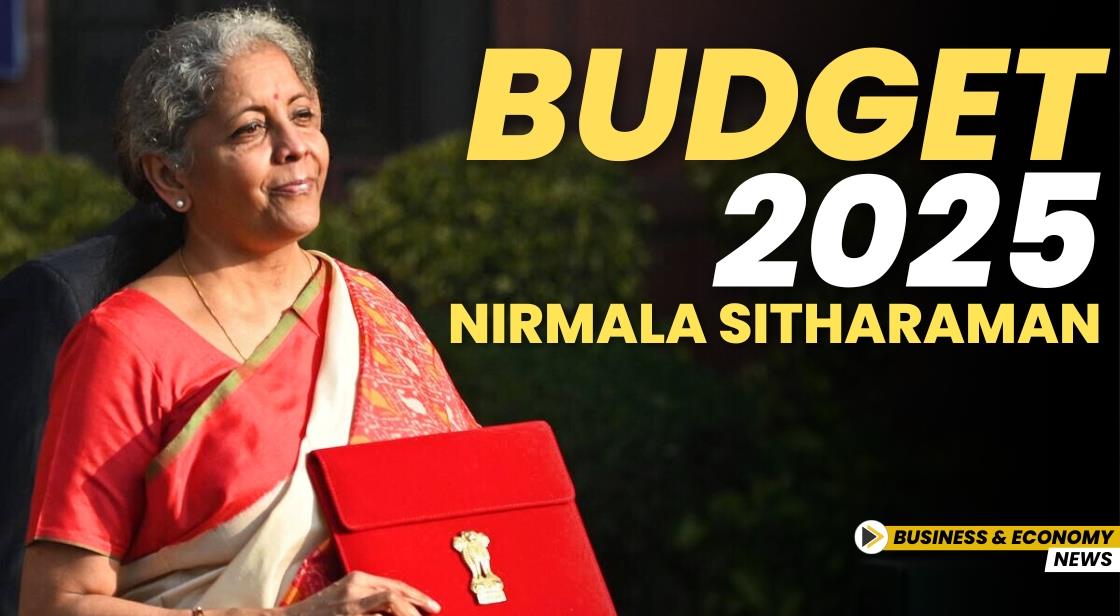Budget 2025: Understanding the Halwa Ceremony – Tradition, Significance, and Details

News Synopsis
The Union Budget 2025-26 preparation is entering its final stage, marked by the traditional Halwa ceremony, scheduled for the evening of January 24 at the North Block in New Delhi.
This customary event will be led by Finance Minister Nirmala Sitharaman, accompanied by Minister of State Pankaj Chaudhary. The ceremony holds a special place in India’s annual budget-making process, celebrating both tradition and teamwork.
What is the Halwa Ceremony?
The Halwa ceremony is an age-old convention symbolizing the conclusion of the intensive budget preparation process. This event is carried out annually before the “lock-in” period begins for officials involved in drafting the Union Budget.
As part of this tradition, a large kadhai (vessel) is used to prepare the Indian dessert halwa at the North Block premises. The dessert is then distributed to all officials, staff, and secretaries who contribute to the extensive process of budget-making. A unique aspect of this event is the ceremonial act of the Finance Minister stirring the kadhai, which signifies their direct involvement in the preparation.
Significance of the Halwa Ceremony
The Halwa ceremony is more than just a tradition—it is a symbolic representation of the collaborative effort behind the Union Budget. It marks the beginning of the “lockdown” process at the Finance Ministry. During this phase, all officials and staff working on the Budget are restricted from leaving the North Block premises until the Budget is officially presented in Parliament.
This lockdown is implemented to ensure confidentiality and prevent any leaks of crucial budget-related details. Since 1980, the printing of budget documents has taken place in the basement of the North Block, where this ceremony is hosted.
The event also highlights the immense effort and coordination required to compile the Budget, fostering a sense of unity among the team members involved.
Key Dates for the Union Budget 2025-26
-
Halwa Ceremony Date: January 24, 2025
-
Budget Presentation Date: February 1, 2025
-
Budget Session Start: January 31, 2025
-
Budget Session End: April 4, 2025
-
Inter-Session Break: February 14, 2025 – March 10, 2025
President Droupadi Murmu will address the joint session of Parliament on January 31, marking the official commencement of the Budget Session.
The Historical Roots of the Halwa Ceremony
The origins of the Halwa ceremony are deeply rooted in Indian tradition, where sharing sweets often signifies the completion of important tasks and celebrations. In the context of the Union Budget, this tradition serves as a morale booster, honoring the hard work of the ministry officials who meticulously analyze, draft, and finalize the Budget.
Modern Significance in a Digital Era
While the ceremony has retained its traditional charm, the process of budget-making has evolved with technology. With the growing emphasis on digital infrastructure, the Halwa ceremony now represents the harmonious blend of tradition and modernization. The printing process continues to be a critical part of the ceremony, even as digital presentations and formats gain prominence.
Conclusion:
The Halwa ceremony is a cherished tradition that encapsulates the spirit of teamwork and confidentiality essential to the Union Budget preparation process. This ceremonial event not only marks the conclusion of budget drafting but also underscores the collaborative efforts of the Finance Ministry’s officials and staff.
By signaling the start of the “lockdown” period, it ensures the sanctity and secrecy of budget details until the official presentation.
As the Union Budget 2025-26 approaches, this time-honored ritual continues to hold cultural and operational significance, blending India’s rich traditions with modern administrative practices.
From the preparation of halwa in the North Block to the Finance Minister’s involvement in stirring the kadhai, the ceremony is a testament to the dedication and meticulous work behind India’s financial blueprint. It serves as a reminder of the unity and effort required to shape policies that impact the nation’s economic future.
You May Like









